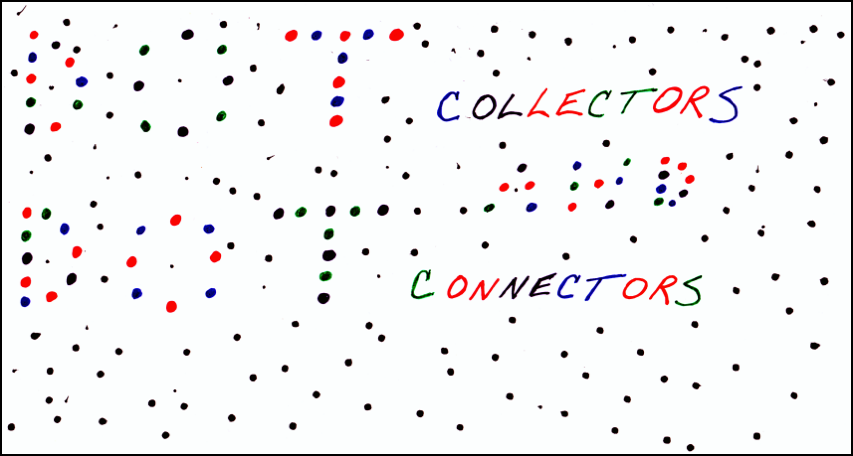Data Quality: Quo Vadimus?
/Over the past week, an excellent meme has been making its way around the data quality blogosphere. It all started, as many of the best data quality blogging memes do, with a post written by Henrik Liliendahl Sørensen.
In Turning a Blind Eye to Data Quality, Henrik blogged about how, as data quality practitioners, we are often amazed by the inconvenient truth that our organizations are capable of growing as a successful business even despite the fact that they often turn a blind eye to data quality by ignoring data quality issues and not following the data quality best practices that we advocate.
“The evidence about how poor data quality is costing enterprises huge sums of money has been out there for a long time,” Henrik explained. “But business successes are made over and over again despite bad data. There may be casualties, but the business goals are met anyway. So, poor data quality is just something that makes the fight harder, not impossible.”
As data quality practitioners, we often don’t effectively sell the business benefits of data quality, but instead we often only talk about the negative aspects of not investing in data quality, which, as Henrik explained, is usually why business leaders turn a blind eye to data quality challenges. Henrik concluded with the recommendation that when we are talking with business leaders, we need to focus on “smaller, but tangible, wins where data quality improvement and business efficiency goes hand in hand.”
Is Data Quality a Journey or a Destination?
Henrik’s blog post received excellent comments, which included a debate about whether data quality is a journey or a destination.
Garry Ure responded with his blog post Destination Unknown, in which he explained how “historically the quest for data quality was likened to a journey to convey the concept that you need to continue to work in order to maintain quality.” But Garry also noted that sometimes when an organization does successfully ingrain data quality practices into day-to-day business operations, it can make it seem like data quality is a destination that the organization has finally reached.
Garry concluded data quality is “just one destination of many on a long and somewhat recursive journey. I think the point is that there is no final destination, instead the journey becomes smoother, quicker, and more pleasant for those traveling.”
Bryan Larkin responded to Garry with the blog post Data Quality: Destinations Known, in which Bryan explained, “data quality should be a series of destinations where short journeys occur on the way to those destinations. The reason is simple. If we make it about one big destination or one big journey, we are not aligning our efforts with business goals.”
In order to do this, Bryan recommends that “we must identify specific projects that have tangible business benefits (directly to the bottom line — at least to begin with) that are quickly realized. This means we are looking at less of a smooth journey and more of a sprint to a destination — to tackle a specific problem and show results in a short amount of time. Most likely we’ll have a series of these sprints to destinations with little time to enjoy the journey.”
“While comprehensive data quality initiatives,” Bryan concluded, “are things we as practitioners want to see — in fact we build our world view around such — most enterprises (not all, mind you) are less interested in big initiatives and more interested in finite, specific, short projects that show results. If we can get a series of these lined up, we can think of them more in terms of an overall comprehensive plan if we like — even a journey. But most functional business staff will think of them in terms of the specific projects that affect them.”
The Latin phrase Quo Vadimus? translates into English as “Where are we going?” When I ponder where data quality is going, and whether data quality is a journey or a destination, I am reminded of the words of T.S. Eliot:
“We must not cease from exploration and the end of all our exploring will be to arrive where we began and to know the place for the first time.”
We must not cease from exploring new ways to continuously improve our data quality and continuously put into practice our data governance principles, policies, and procedures, and the end of all our exploring will be to arrive where we began and to know, perhaps for the first time, the value of high-quality data to our enterprise’s continuing journey toward business success.




